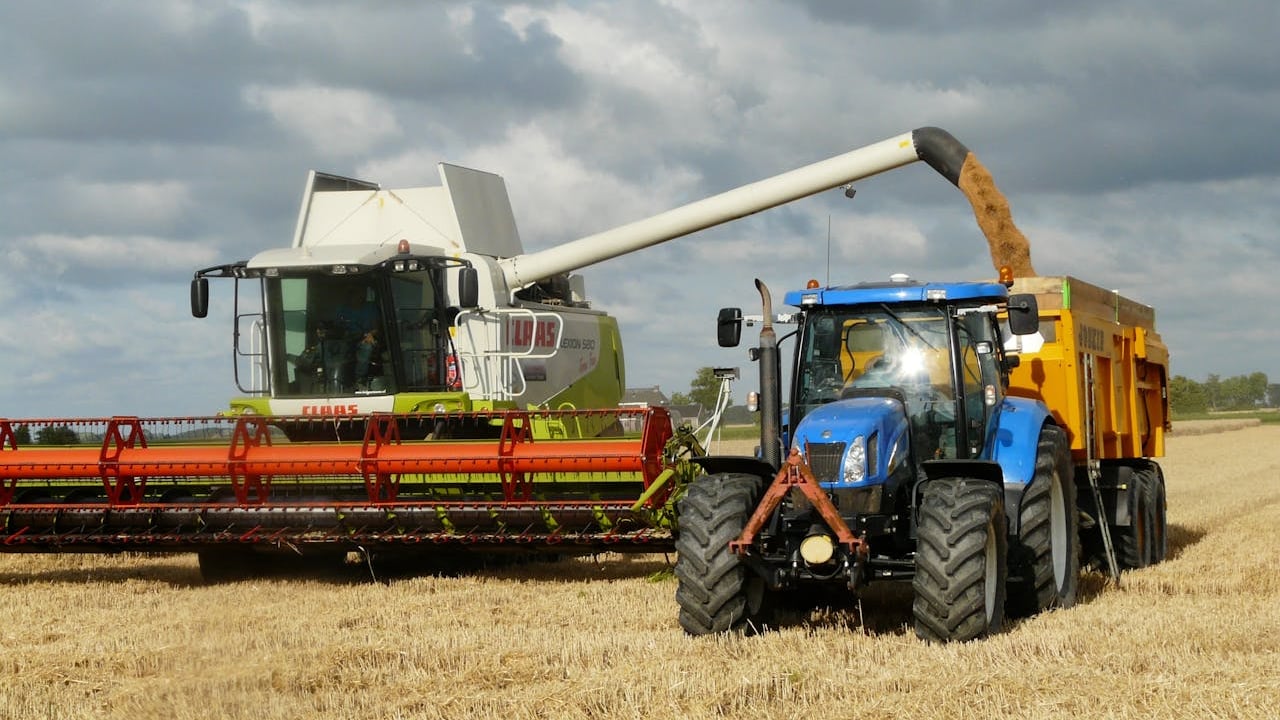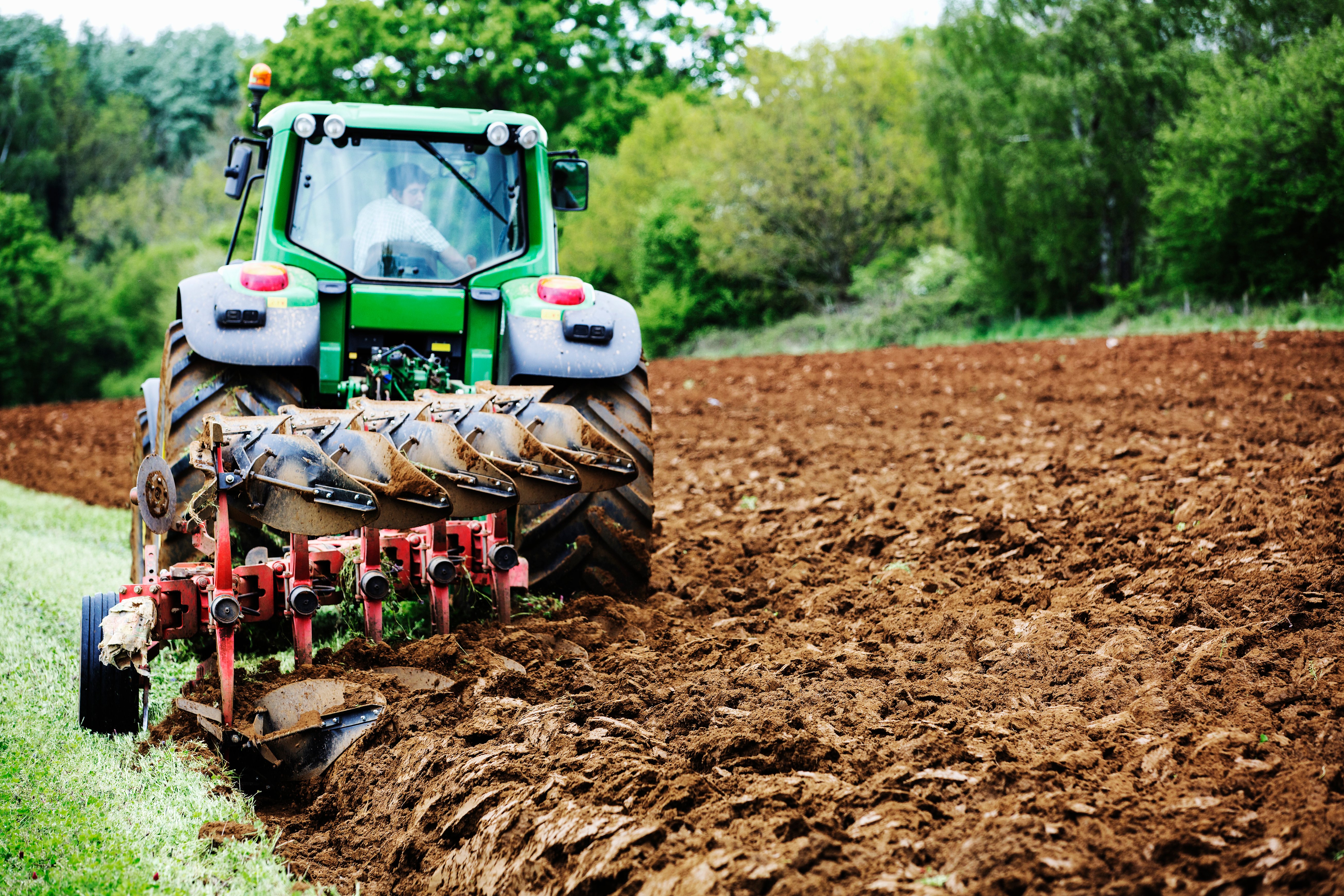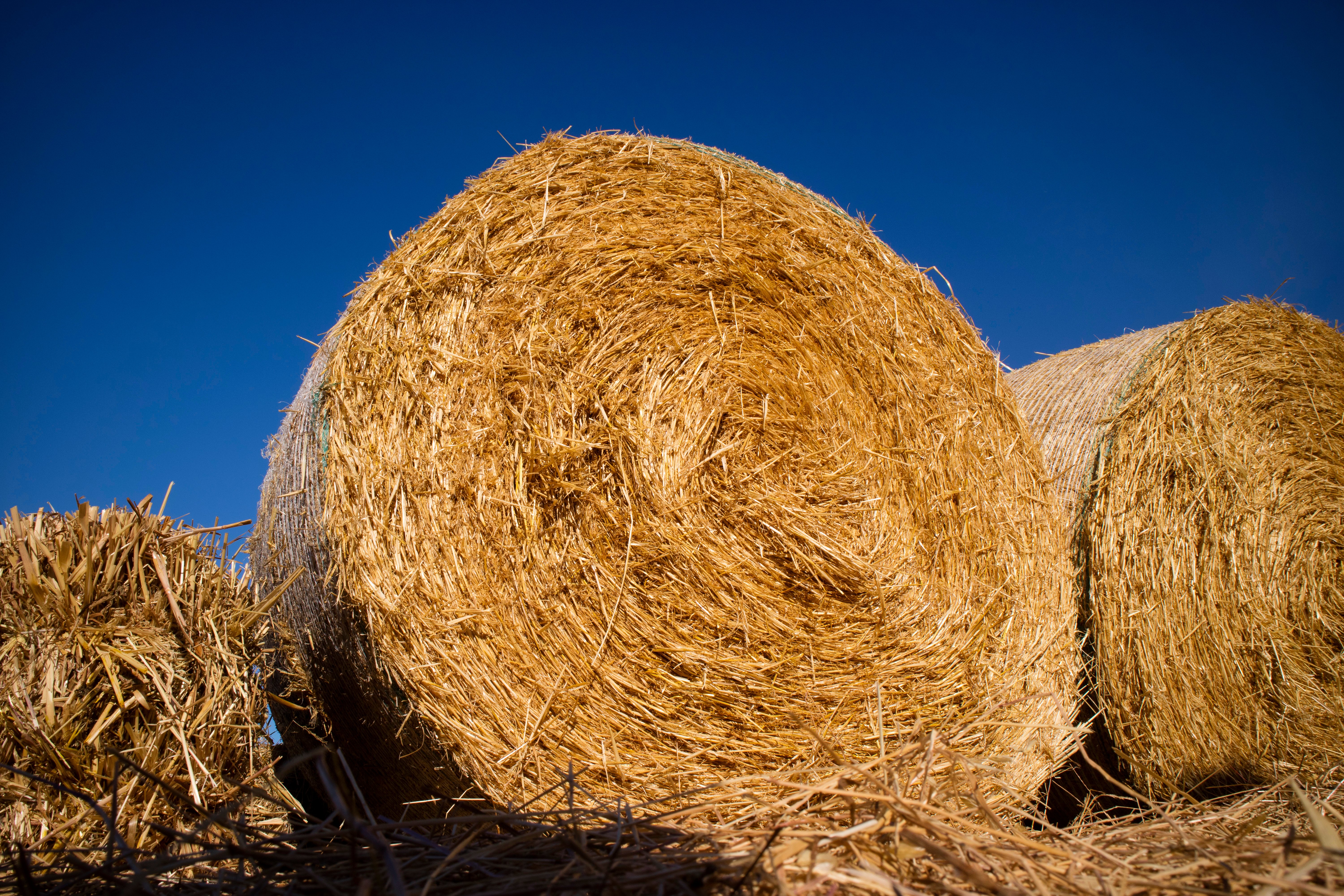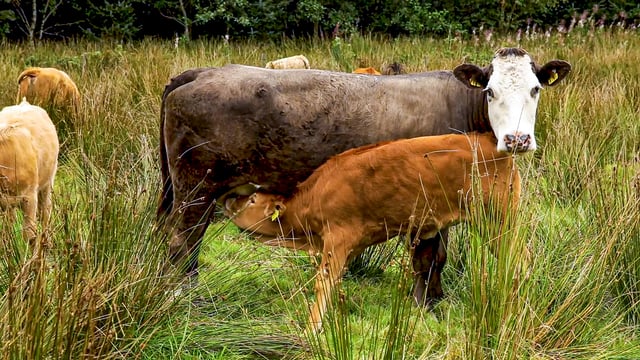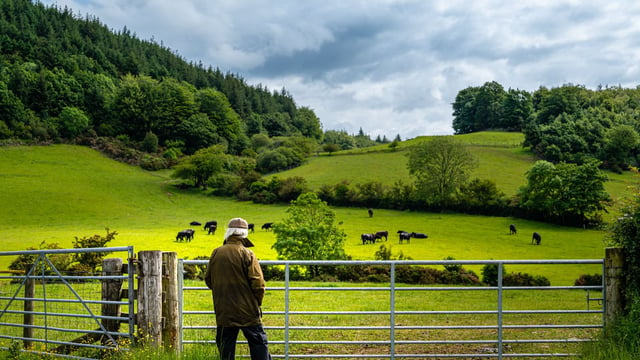Tillage income figure averages €21,399 in 2023
The Teagasc National Farm Survey published today (Tuesday, July 23) has revealed an average tillage income of €21,399 in 2023, based on an average business size of 73ha.
A total of 6,246 tillage farms were represented in the 2023 Teagasc survey.
Crop production remains strongly aligned with the largest farm size found in Ireland. The comparable figures for dairy, cattle and sheep are: 65ha; 34ha; and 44ha respectively.
According to the survey, the average farm size in Ireland now extends to 46ha.
While tillage accounts for the largest farm sizes in Ireland, income levels within the sector in 2023 were just 40% of those registered by dairy farmers on a per unit acre basis.
Coming in at €292/ha tillage incomes vied with cattle rearing and sheep enterprises in terms of performance generated from the land base available; sheep - €286/ha and cattle rearing - €220/ha.
Direct support payments to tillage farmers in 2023 averaged €451/ha, accounting for 154% of the total income generated by these enterprises per unit area of available land.
The National Farm Survey confirms that crop production and harvesting conditions were particularly challenging on Irish farms in 2023, with unfavourable weather resulting in delayed planting and reduced yields for many crops.
This was at odds with the global picture, with a good international harvest resulting in downward pressure on global cereal prices.
Overall, the reduction in volume and value resulted in a 20% fall back in the value of output on Irish farms in 2023.
In addition, production costs increased by 8% on average compared to 2022. While some cost items such as fertiliser fell in price over the course of 2023, the decline came too late in the growing season to bring about significant cost savings.
Likewise, other cost items, such as land rental also increased.
Taken together, the decrease in the value of output and increase in costs resulted in a sharp decline in average Family Farm Income (FFI) in 2023, relative to the year previous.
This is despite the introduction of a range of scheme support measures,
On average, Tillage FFI declined by 71% to just €21,399 in 2023. Of equal significance is the fact that almost half of tillage farmers registered a FFI of less than €10,000.
Debt levels declined within the crops sector in 2023. According to the Teagasc survey, 45% of all tillage farms have borrowings; the 2023 figure averages €84,199 for the enterprises in question.
Three quarters of farm-related debt across all systems was classified as medium- to long-term in 2023, with a further 18% relating to hire purchase or leasing and the remaining 6% considered to be short-term e.g., overdrafts.
Specifically, 54% of average tillage farm debt was classified as medium- to long-term in 2023, with 40% relating to leasing or hire purchase and the remaining 7% considered to be short-term in nature.
Although cereal area remained relatively unchanged compared to 2022, unfavourable weather conditions resulted in a decrease in cereal production volumes in aggregate.
Cereal prices at harvest in 2022 were sharply down on the high levels experienced over recent years. Similarly, cereal prices were low due to relatively high international stocks and good production conditions elsewhere.
As such, the decrease in output value, coupled with an increase in production costs, resulted in a significant decrease in margins on the average tillage farm in 2023.
Gross output decreased by 20% to €164,601 on the average tillage farm in 2023. On average, direct payments increased by 9%, compared to 2022.
In 2023, about half of Ireland’s tillage farmer participated in the Straw Incorporation Measure (SIM), and received an average payment of over €5,500.
One quarter of tillage farms participated in the Protein Aid Scheme and received a similar payment of about €5,000, on average.
In addition, 44% of cropping farms received payments under the Tillage Incentive Scheme in 2023, with an average payment of about €2,000.
As many tillage farms also have livestock, payments were also received through various schemes relating to cattle and sheep.
Overall, although to a lesser degree than in 2022, average costs increased on tillage farms in 2023 by 8%, to €143,195.
On average, direct production costs increased by 8% year-on-year, with overhead costs up 9%.
Again, on average, the largest direct cost items related to fertiliser at €28,155 which was relatively unchanged compared to 2022, contracting at €13,958 which was up 6% year-on-year, crop protection up 14% to €12,734 and purchased seed costs, which increased by 26% to €8,329.
In general, expenditure on purchased concentrates is also significant on tillage farms due to the presence of a cattle enterprise in many instances.
In 2023, the data indicates that average spending on concentrates on tillage farms increased by 21% to €5,298 on average.
Similarly, expenditure related to livestock and veterinary also increased, to €1,826, on average.
In terms of the increase in overhead costs on tillage farms in 2023, machinery depreciation accounted for €18,459, an increase of 12% compared to 2022.
Machinery operating costs also increased, to a lesser degree, up 4% to €14,842.
Conacre rental costs also increased on average, up 26% to €12,493. Hired labour costs also went up, by 33% on average to €3,727.
While fuel expenditure was down 4% on average to €7,062, costs relating to car, electricity and phone were up 10% to €5,204.
On average, costs relating to buildings depreciation and maintenance declined in 2023 to €3,513 (-22%) and €1,400 (-31%). Land improvement maintenance increased by 14% to €2,074 with smaller land related depreciation costs down compared to 2022.
Other overhead costs on tillage farms increased in 2023, up 8% to €6,165, on average.

